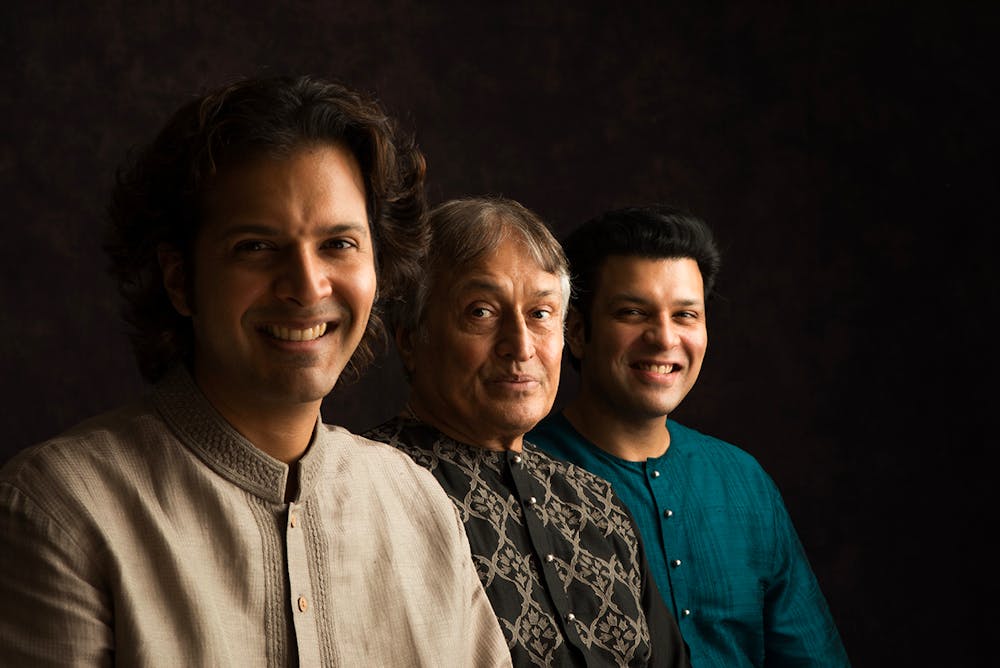Carolina Performing Arts will be hosting a performance by an Indian classical musician on Wednesday, Nov. 13, that some have recognized to be the most famous Sarod player in the world.
Jess Abel, the marketing and communications coordinator for Carolina Performing Arts, said Amjad Ali Khan is a sixth-generation Sarod master and known as the best player in the world.
“He is known for having reinvented this instrument,” Abel said. “Just learning and being able to hear this technique in person is a pretty rare and incredible opportunity for the community.”
Ayaan Ali Bangash and Amaan Ali Bangash, Amjad Ali Khan’s two sons, are part of this Sarod legacy and will also be joining him on stage.
“They are leading players of the Sarod,” said John Caldwell, a professor in UNC’s Department of Asian Studies. “It brings a shimmering amplified sound.”
Khan has performed at Carnegie Hall, Royal Albert Hall and even the 2014 Nobel Peace Prize Concert.
“It’s always exciting to see someone in Memorial Hall because, in comparison, it’s such an intimate venue,” Abel said. “To see someone of this international caliber playing this unique and traditional music.”
Olivia Begos, a UNC music student and Carolina Performing Arts box office employee, said this performance will give the audience a professional, polished perspective and a performance from a world-renowned Sarod player.
Prior to the performance, there will be a lecture hosted by Dr. Afroz Taj and John Caldwell.



